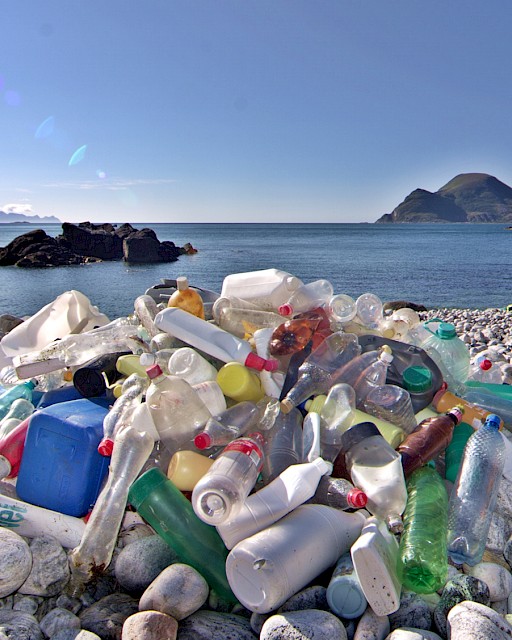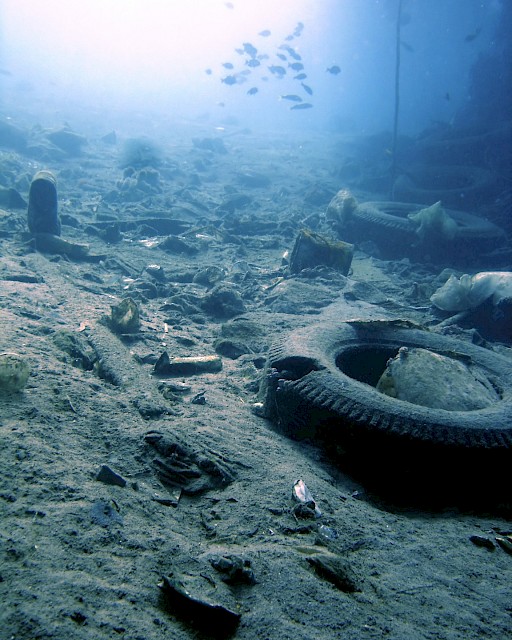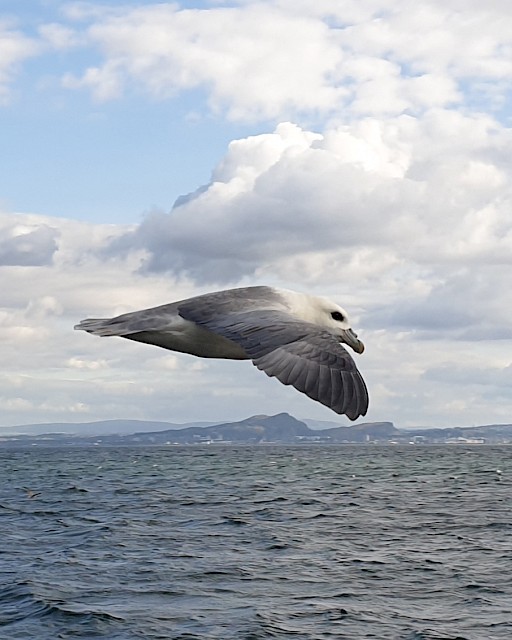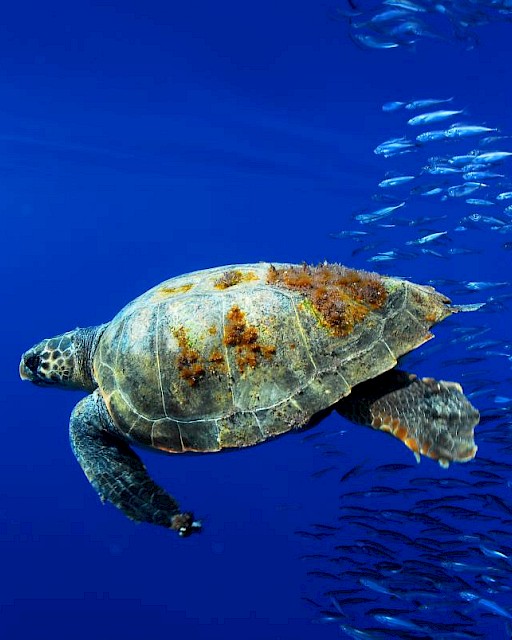Plastic particles in fulmars
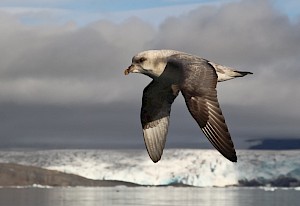 Fulmars (Fulmarus glacialis, left ©Daniele1357) are seabirds that belong to the large group of the tubenoses, of which the albatrosses are the best known representatives. These birds forage exclusively at sea and never on land, and rarely forage close to shore. The fulmar is a poor diver, and thus feeds on what is available at or within a few metres of the water surface. Like most tubenosed seabirds, fulmars regularly ingest a variety of marine debris. Unlike most gulls, fulmars do not normally regurgitate indigestible components of their diet, but gradually grind these into sizes small enough to pass into the intestines and be excreted. Fulmar stomach contents therefore integrate litter abundance encountered during feeding over periods of days to weeks.
Fulmars (Fulmarus glacialis, left ©Daniele1357) are seabirds that belong to the large group of the tubenoses, of which the albatrosses are the best known representatives. These birds forage exclusively at sea and never on land, and rarely forage close to shore. The fulmar is a poor diver, and thus feeds on what is available at or within a few metres of the water surface. Like most tubenosed seabirds, fulmars regularly ingest a variety of marine debris. Unlike most gulls, fulmars do not normally regurgitate indigestible components of their diet, but gradually grind these into sizes small enough to pass into the intestines and be excreted. Fulmar stomach contents therefore integrate litter abundance encountered during feeding over periods of days to weeks.
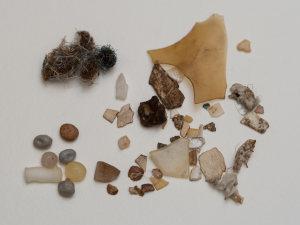
OSPAR therefore developed an indicator based on the stomach contents of fulmars to assess changes in the quantities of floating litter, in the North Sea, and give an indication of the impact on biota. OSPAR has a long-term goal of less than 10% of fulmars exceeding a level of 0.1 g of plastic in their stomachs.
The most recent assessment of Plastic Particles in Fulmar Stomachs was published in 2022 and contributes to OSPAR's Quality Status Report 2023, a holistic assessment of the state of the marine environment of the North-East Atlantic. The assessment shows that currently 51% of beached North Sea fulmars have more than 0,1g of plastics in their stomachs, exceeding the Fulmar Threshold Value (Fulmar-TV) of 10%. This reflects the abundance of floating litter and provides an indication of harm although the amounts of ingested plastics have decreased significantly in the period 2009 to 2018.
Threshold Values
OSPAR has agreed threshold values for the assessment of beach litter and plastic particles in Fulmar stomachs.
The threshold value for plastic particles in Fulmar stomachs was agreed in 2020. It states that there should be less than 10% of northern fulmars (Fulmaris glacialis) having more than 0.1g plastic particles in the stomach over a period of at least 5 years in samples of at least 100 birds. The latest indicator assessment (2019) found that 51% of beached North Sea fulmars have more than 0,1g of plastics in their stomachs, exceeding the Fulmar threshold value.
Data, maps and legends available here
OSPAR Plastic Particles in Fulmar Stomachs - 2017:

